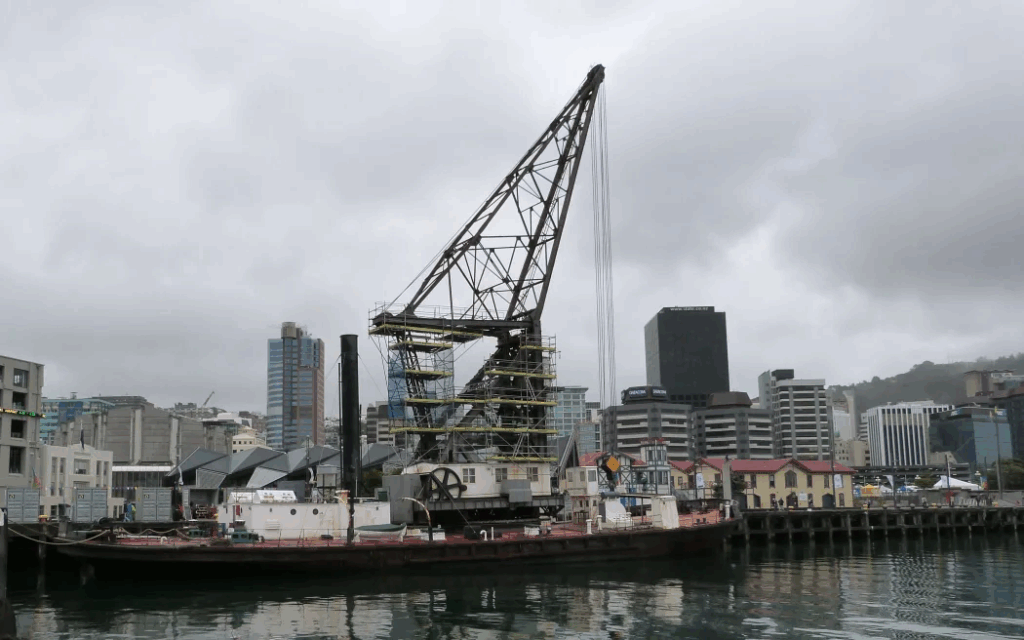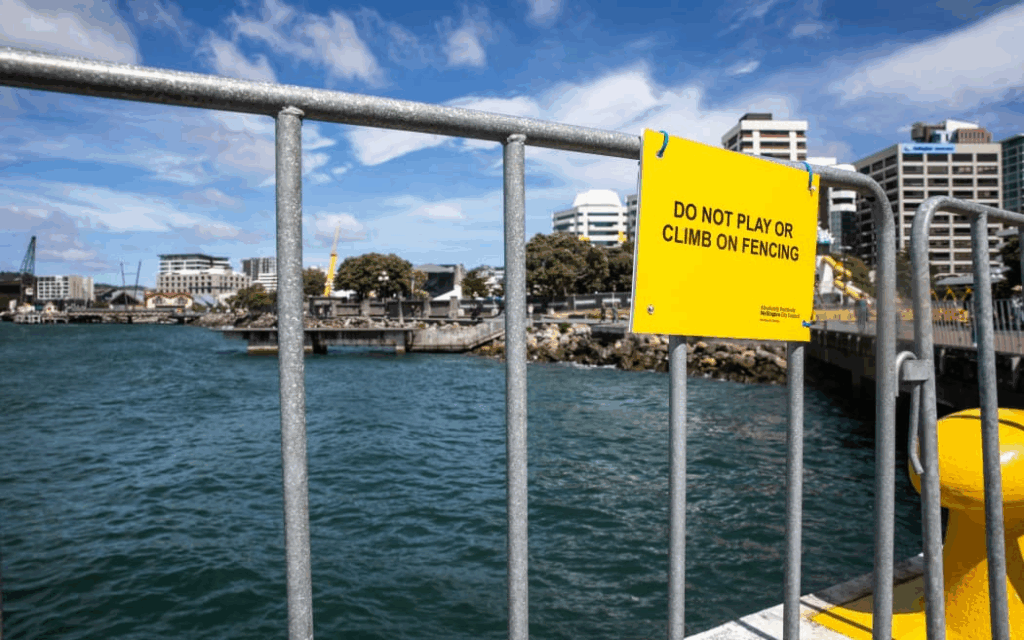
A 33-year-old man who leapt from a crane on Wellington’s waterfront died due to a mix of methamphetamine use and cold water immersion, a coroner has found.
Jarreth Colquhoun jumped from the crane arm of the historic SS Hikitia at Taranaki Street Wharf on 26 January 2024. Witnesses said he climbed nearly 40 metres, waved to onlookers, and jumped. He briefly surfaced before sinking; his body was recovered two hours later.
Coroner Rachael Schmidt-McCleave ruled the death was not a suicide but a tragic misjudgement, noting Colquhoun’s blood contained alcohol, cannabis, and methamphetamine—substances that may have impaired his decision-making.
“He was fit and active, albeit somewhat impulsive at times, especially under the influence of drugs and alcohol,” Schmidt-McCleave said in her report. She added he appeared to be “in a happy place” despite having no fixed address at the time.
The coroner’s findings prompted renewed calls for better waterfront safety. Although the Maritime Heritage Trust, which owns the Hikitia, had installed signage, CCTV cameras, and locked ladder rungs, the vessel’s crane remained accessible to a determined individual.
Since the incident, the crane’s position has been shifted to deter jumps, extra surveillance equipment has been added, and discussions with Wellington City Council are ongoing. Temporary fencing is now in place during major events, but longer-term safety infrastructure is still under review.

The council has earmarked $11.1 million in its draft 2025/26 Annual Plan for edge protection improvements. A spokesperson confirmed enhanced lighting and updated health and safety procedures were already in effect for waterfront activities.
This is not the first fatality linked to the crane—20-year-old Jamie Gibbon died in a similar incident in 2015. Experts have criticised the industry’s reliance on signage as insufficient deterrence for risky behaviour.
Peter McKnight, a trustee with the Maritime Heritage Trust, said Colquhoun’s death deeply affected volunteers. “We continue to express our condolences to the family. It must be a terrible loss.”
As Wellington explores permanent safety measures, the community is reminded of the risks present in even the most familiar public spaces.
